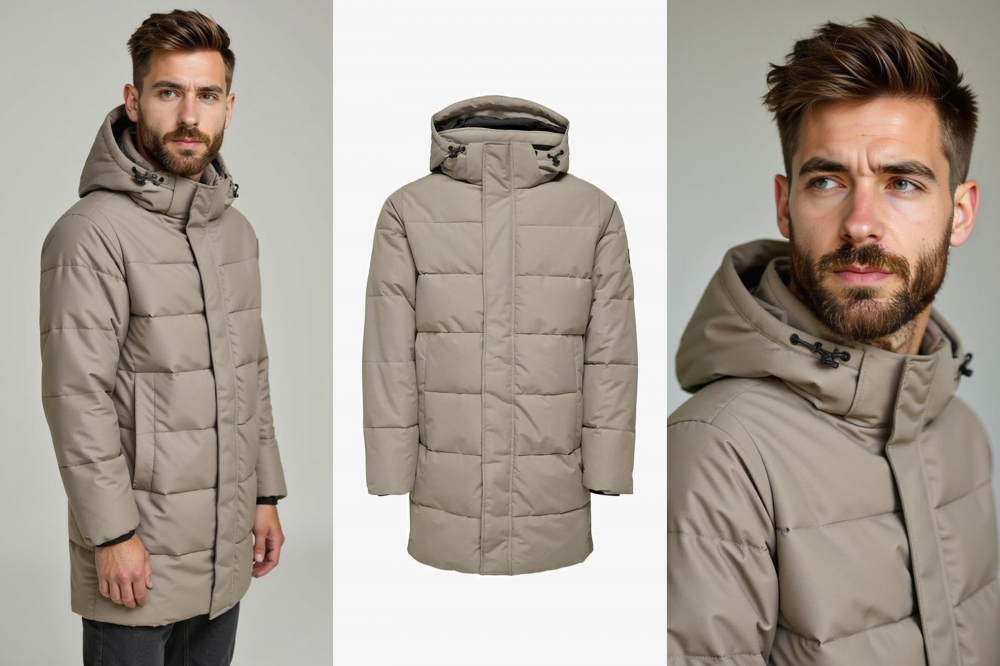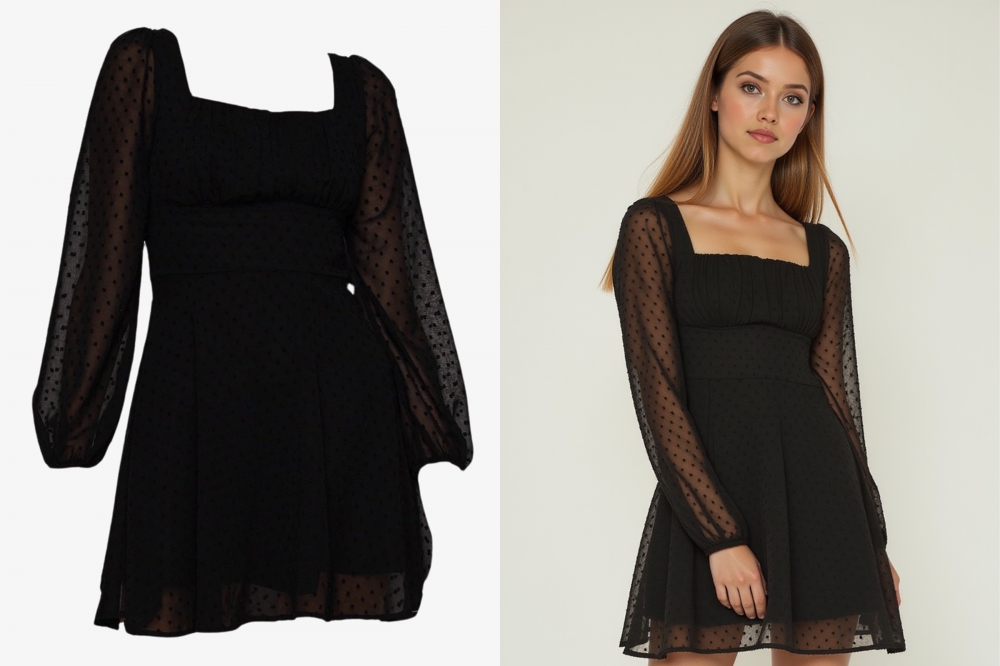Blog
AI-generated clothing images. New in 2025!

Time is money: Artificial Intelligence in Product Photography
Artificial intelligence in product photography is a modern solution that enables the creation of images without the need for traditional – and therefore costly and time-consuming – photo shoots.
AI-generated clothing images are a technology increasingly used in the fashion industry. It gained particular recognition through innovative campaigns by the Spanish brand Mango, which made the decision to significantly reduce the costs of its product photography. In 2024, the brand launched a campaign in which all models in the Autumn/Winter 2024 lookbook, as well as the images of the clothing, were generated by artificial intelligence.
The campaign made a big impact, and the company sold 45% more products than in previous years while cutting high-level photo shoot expenses by half.
AI in product photography has become a reality. Today, this technology is not only a support tool but also a vital part of marketing strategy.

AI-Generated Clothing Images and Their Advantages
AI-generated clothing images offer a range of benefits that are transforming the way fashion brands present their products. Here are the most important ones:
- Time and cost savings - Organizing a photoshoot with often hard-to-coordinate models, expensive stylists, professional photographers, managers, and a costly studio takes time and consumes a significant budget. Artificial intelligence in product photography makes it possible to create images in just 4 minutes—at a fraction of the cost!
- Personalization - Artificial intelligence enables the creation of personalized images tailored to customer preferences. Algorithms can generate various versions of clothing, showing garments on models with different body types, skin tones, or heights. This allows customers to see how the clothing would look on a specific person.
- Visual consistency - AI brings uniformity to product presentation. The images it generates are always created in the same style, perfectly lit, and captured from an identical perspective. This greatly supports building a professional brand image.

Challenges and Controversies
AI-generated clothing images in the fashion industry raise many questions and concerns. The most important ones include:
- Professional status of models - Replacing models with computer-generated images may negatively impact their professional situation by reducing opportunities for work in traditional photo shoots.
- Authenticity of visualizations - Customers may question whether AI-generated clothing images truly reflect the actual appearance of the garments, raising concerns about potentially misleading representations.
- Impact on beauty standards - Generated images can promote unrealistic standards, which—especially in the fashion industry—may distort perceptions of natural beauty.
Future Prospects of AI
AI-generated clothing images mark the beginning of a revolution that will become even more advanced over time. The key development prospects of this technology include:
- Integration with AR and VR - Modern technologies will allow customers to try on clothes online, with virtual models tailored to the user’s actual measurements.
- Improved product presentation - AI will enable more realistic rendering of fabrics, colors, and clothing details, enhancing the overall quality of visualizations.
- Competitive advantage for companies - Businesses that implement AI will be able to offer more engaging shopping experiences while simultaneously reducing their own costs.

AI-generated clothing images will already be a game changer in the fashion industry in 2025. Their implementation will bring the benefits mentioned above, including:
- process automation,
- time and cost savings,
- possibility of personalization.For companies that want to remain competitive, artificial intelligence in product photography will no longer be an option, but a necessity.
